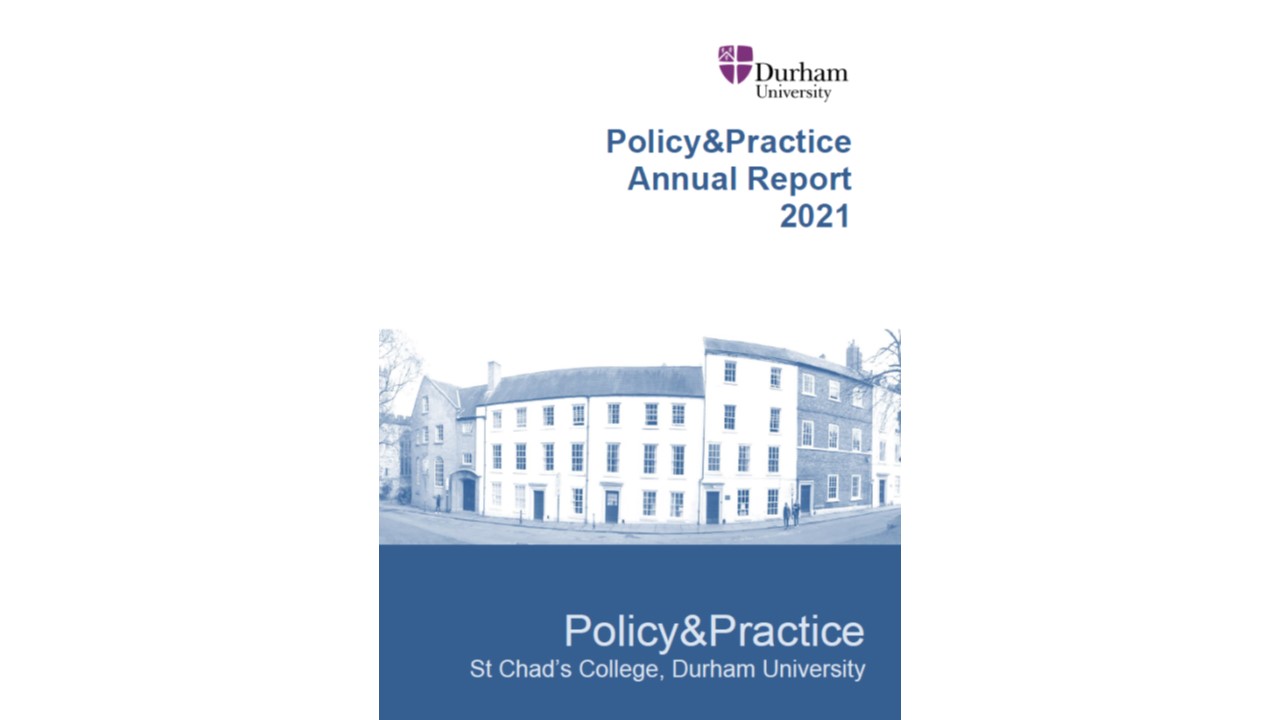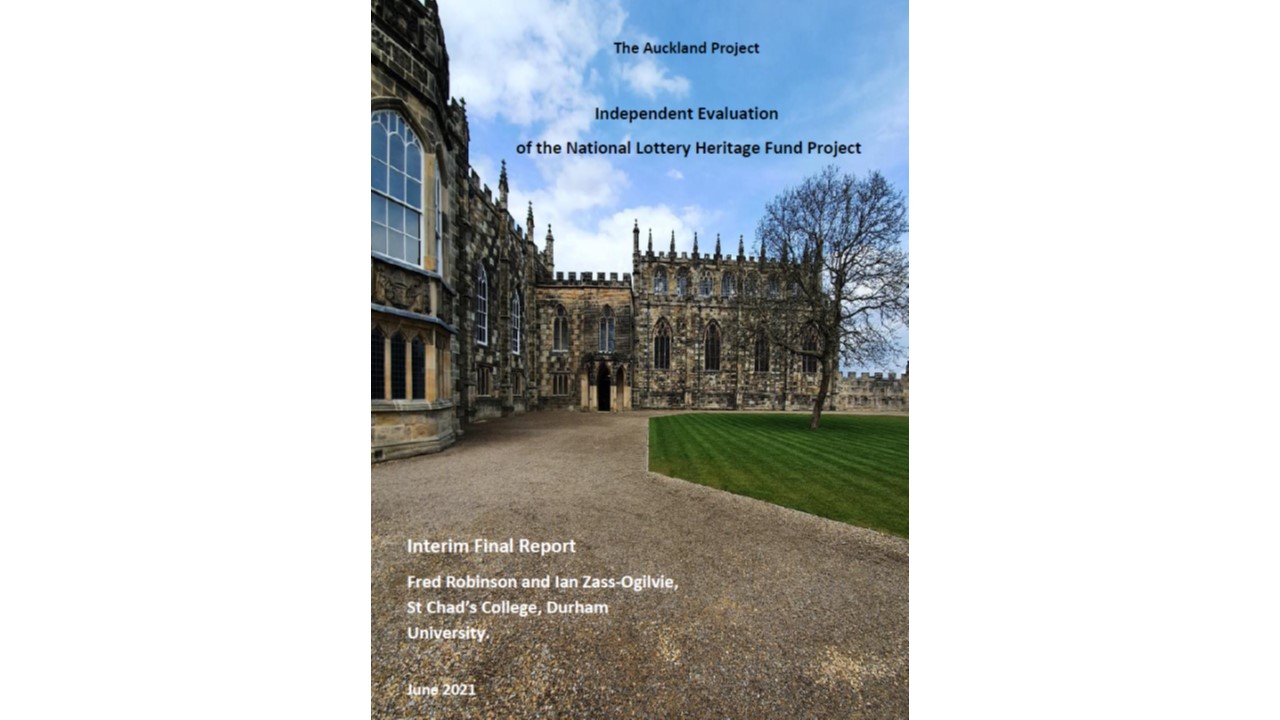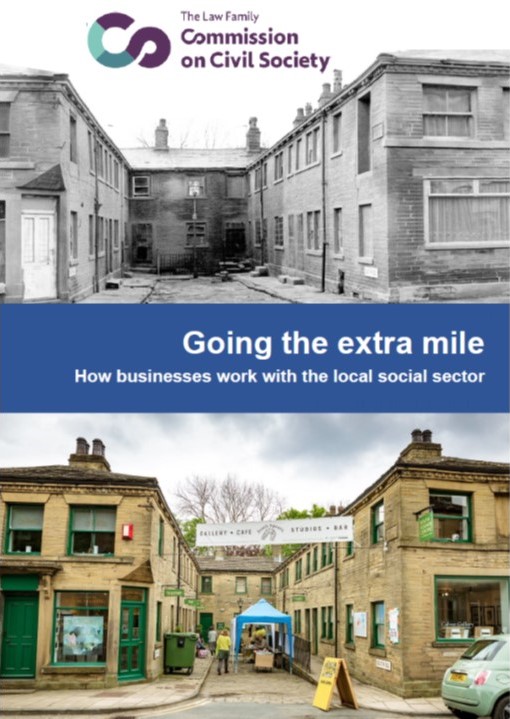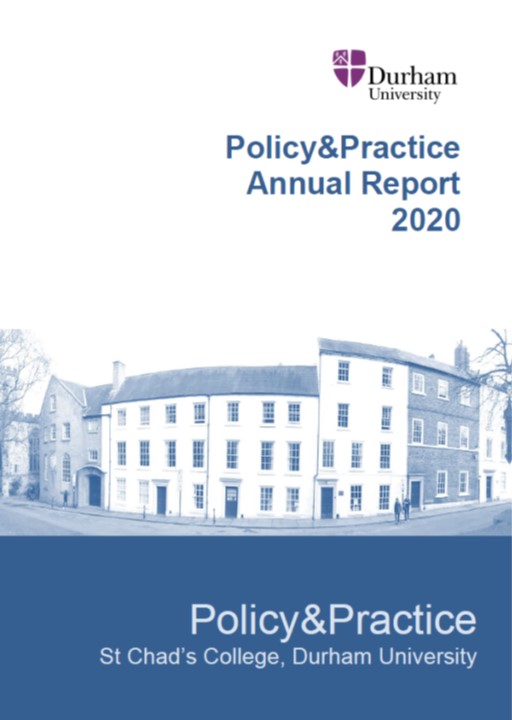Research shows big difference charities, social enterprises and community organisations make across the Yorkshire and Humber region
West Yorkshire and Harrogate Health and Care Partnership and Humber, Coast and Vale Health and Care Partnership, West Yorkshire Combined Authority, Yorkshire Sport Foundation, and Community First Yorkshire have published a joint report today (Thursday 2 September) to celebrate the work of charities, social enterprises, and community organisations ahead of International Charity Day on Sunday 5 September.
The research led by Professor Tony Chapman of Policy&Practice, St Chad’s College, Durham University on the structure, dynamics, and impact of the Voluntary, Community and Social Enterprise (VCSE) sector across the area, highlights the big contribution made to the economy and the health and well-being of people who live here.
The VCSE sector in West Yorkshire and Harrogate includes around 14,900 registered and unregistered groups supporting local people in many areas of their lives from youth groups, ageing well support, sports, and wellbeing clubs to name a few. The sector employs around 43,100 full time equivalent posts, which makes up 3.7% of employment across the area.
On top of this there are an estimated 147,000 regular volunteers giving their time and energy to good causes helping young and old people to live their best life possible, around the clock, 365 days per year.
Tracy Brabin, Mayor of West Yorkshire said: ‘The voluntary, community and social enterprise sector does amazing work across the region. I’m extremely thankful for all the support they offer to people living across West Yorkshire, especially those local unsung heroes who often give up their free time to volunteer in their communities whether it’s coaching a community sports team, teaching at a young people’s theatre group, or helping at a local foodbank. The sector gives invaluable support to those who wouldn’t otherwise receive it and it is right the report sets out the hard work and commitment of individuals working in the sector who regularly share their life experience to help others – it’s commendable and each organisations and every person has my heartfelt thanks and support’.
Jo-Anne Baker, WY&H HCP Harnessing the Power of Communities Lead said: ‘The sector is larger than the finance and insurance industries, and larger than the arts, entertainment and recreation sector. The significant contribution made by the VCSE sector to people’s health and community wellbeing is evidenced throughout the research. This not only contributes to financial savings for the NHS and other public services but produces immediate benefits for thousands and thousands of people accessing their help and support’.
The report acknowledges it is hard to measure the total added value the sector produces. Based on available data, this equates to approximately £1.6 billion per year. If taken alongside the economic value of the sector, this means the total added value of the sector is between £5.2 billion and £6.2 billion per year in West Yorkshire and Harrogate alone.
The use of conventional metrics on productivity only partially captures the value of the sector because the benefit to communities and difference made to people’s lives is unmeasurable. The report presents new ways of making effective and shared judgements on sector value which draws heavily upon findings from the Third Sector Trends study which has been running since 2008.
The full report is available here: The structure, dynamics and impact of the VCSE (Final Report)
A blog on how to make judgements on the added value produced by the third sector can be found here: https://tonychapmanblog.wordpress.com/2021/09/02/the-difference-the-third-sector-makes/









